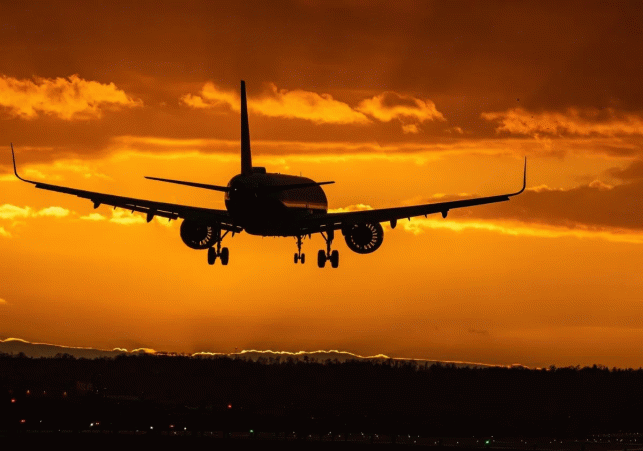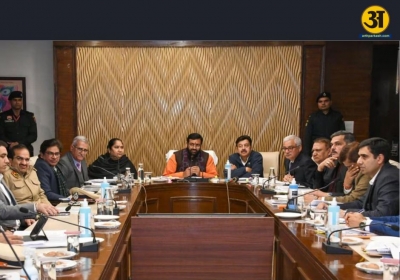
DGCA updates breath analyser test rules for aviation personnel
DGCA revises breath analyser test norms, prohibits pilots and crew from using mouthwash and tooth gel
The Directorate General of Civil Aviation (DGCA) has introduced revised norms concerning alcohol testing for aircraft personnel, specifically pilots and crew members, in an effort to enhance aviation safety. These regulations come with several notable changes, including strict rules regarding the use of substances containing alcohol.
Under the new norms, pilots and crew members are strictly prohibited from using substances that contain alcohol. This includes mouthwash, tooth gel, and any other products with alcoholic content. The reason behind this prohibition is that the use of such products could lead to a positive result in the breath analyzer test.
For operators engaged in seasonal pilgrimage operations and non-scheduled flights, the revised regulations make it mandatory to record breath analyzer tests using cameras. This additional measure ensures accountability and accuracy in alcohol testing.
Enhancing safety and oversight
The DGCA has also introduced breath analyzer equipment with fuel cell technology as a mandatory requirement. Additionally, the regulations include a procedure for oversight and surveillance of calibration agencies, enhancing the reliability of testing equipment.
In situations where a crew member or student pilot is unable to perform their flying duties safely due to illness, they are required to inform their company. In such cases, the breath analyzer test will not be conducted, and the crew member will not be rostered for flying duties on that day. Subsequent flying duties will be determined after a review by the company doctor.
The DGCA has also expanded the facilities for undergoing breath analyzer examinations to accommodate operators in general aviation.
These revised regulations underscore the aviation industry's commitment to safety by addressing potential factors that could compromise flight safety and ensuring that personnel involved in aviation operations remain fit for their duties.





